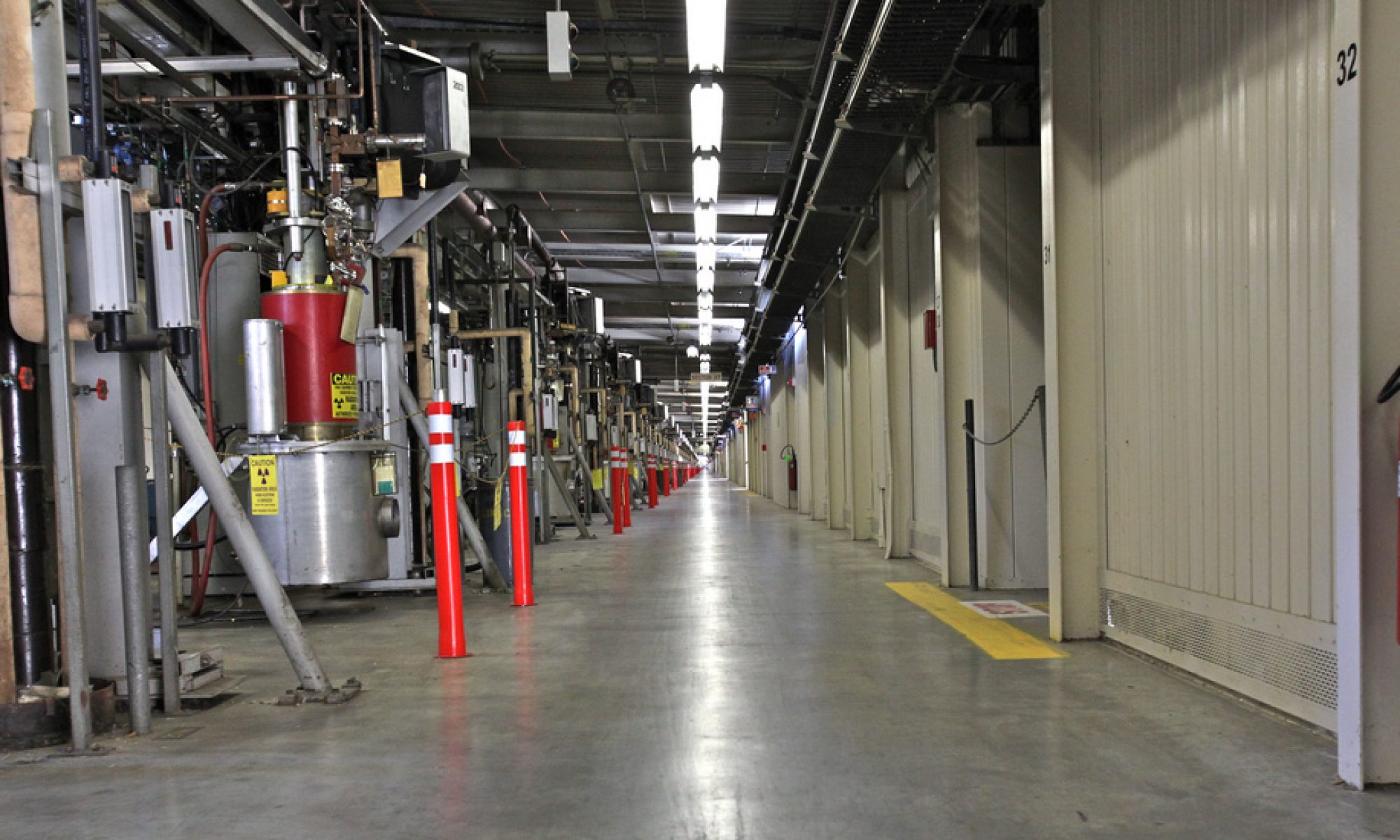This semester (and next), my teaching responsibility is the second half of our General Physics sequence for life sciences majors (PHY1308 [1]). The course is designed to cover many aspects of electricity and magnetism, starting with the definition and function of electric charge and moving forward into Gauss’ Law, circuits, magnetism, Maxwell’s Equations and light, and optics. In addition, I am trying to hold 1-2 periods at the very end for “special topics” – material that takes us a little beyond the course into the meaning and context of electricity and magnetism.
I take my mandate from the undergraduate catalogue very seriously – the course should be designed for life sciences majors. That doesn’t mean easing up on the math; I promised them at the beginning that I would treat them like physicists. But it does mean connecting the course to things they already know or ought to know. Relevance is extremely important to me as a teacher, but certainly never at the expense of rigor.
As an example, I’ve been setting the students loose on an exploration of the neuron as an electrical workhorse. For instance, you can model the axon – the long “tail” of the neuron that connects the soma (central cell) to other neurons – as a long coaxial cable whose myelin sheathe serves as an outer conductor and whose central filaments act like an internal conductor. You can use this as a model for computing the potential of the axon, or the electric field in the axon (knowing the action potential of the neuron). You can also treat this system as a cylindrical capacitor and compute its capacitance. In addition, the divisions of the axon – the nodes of Ranvier – serve as “leaky capacitors” in an RC circuit, and so the whole axon can be treated as a resistor-capacitor system.
The universe is quite cool, in that the laws of physics are never far from any particular manifestation. Whether it’s lightning striking the Texas desert prairie (charge, current, potential, force, fierld), or E-ink in a Kindle (potential, field, kinetics), or cell biology (the membrane as a capacitor, or as a resistive circuit), physics has all these beautiful little connections to the life sciences.
Ultimately, many of my students need to take and pass the MCAT. Studies have shown that by majoring in physics, you can do much better on the MCAT than just by majoring in a life science [2]. I hope that students taking my course will have some of the benefit of a full physics major conferred upon them. I intend to accomplish that by continuing to engage the students on life science issues as they interface with physics.
There is still about half the course to go. We’re just exiting circuits and entering magnetic fields. Soon, we will identify light as the unification of electricity and magnetism, and then we will study the behavior of light (optics). I hope then that we’ll have some time left for “extra cool” stuff – special topics – such as superconductivity, quantum mechanics, subatomic particles physics, the origin of the universe, and the possible fates of the universe. After all, what is life without deep, piecing questions, and what is physics without the hubris and the tools to pursue such questions?

